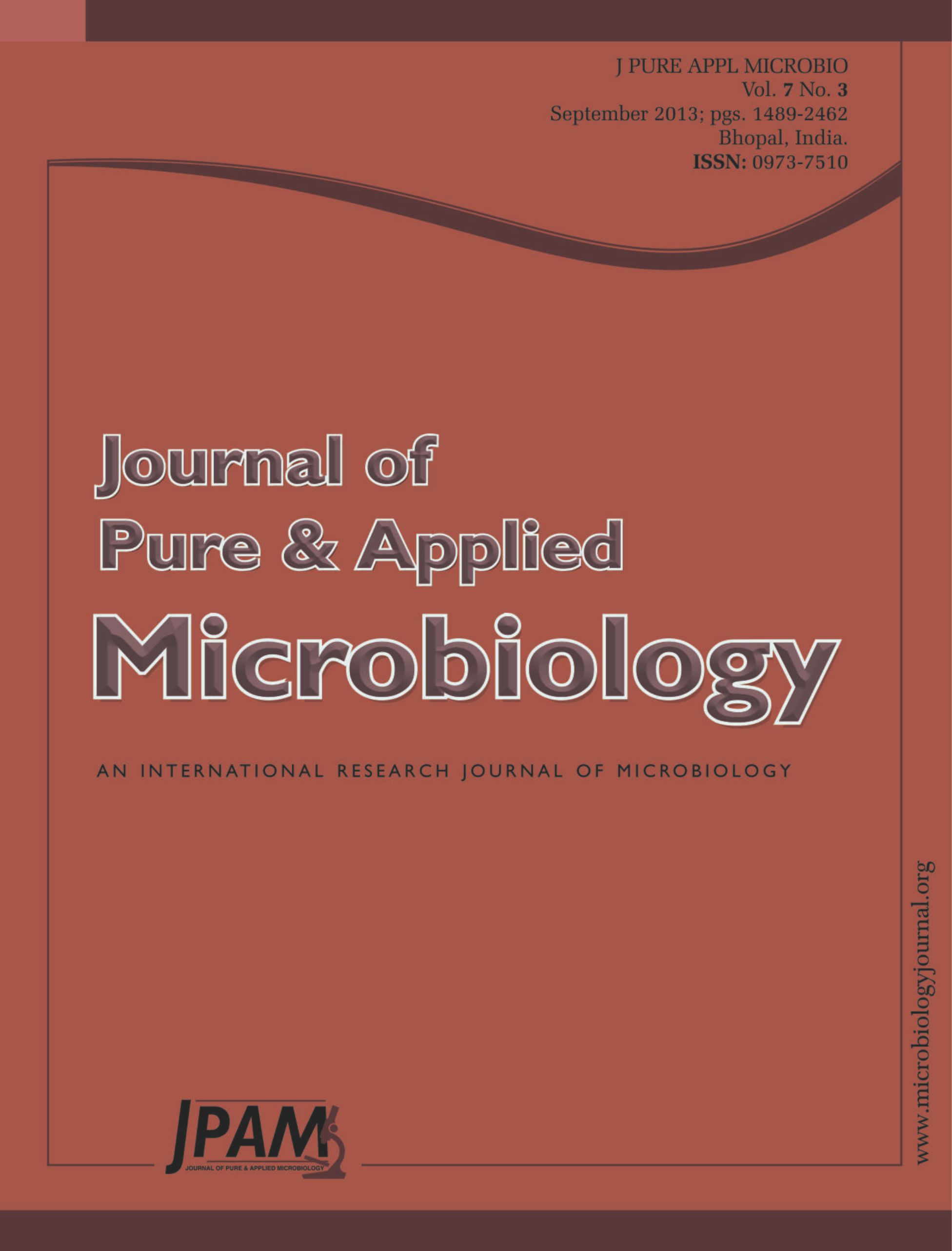In this study, fifteen different microorganisms grown on medium containing Tween 80 or olive oil or cutin, were screened for their possible cutinase producing potential. Among fifteen microorganisms, Pseudomonas cepacia NRRL B 2320, Pseudomonas fluorescens NRRL B 3178 and Pseudomonas geniculata NRRL B1606 were capable of growing on the medium containing cutin as sole source of carbon and their culture filtrates showed enzyme activity towards p-nitrophenyl butyrate (p-NPB). The essential substrate for production of cutinase, cutin, was prepared from tomatoes in our laboratory and characterized. Cutinase activity was further confirmed by cutinase specific substrate, p-nitrophenyl (16 methyl sulphone ester) hexadecanoate (p-NMSH), where, Pseudomonas cepacia NRRL 2320 have shown highest activity of 40 U/mg and 41.2 x10-2 U/mg towards both p-NPB and p-NMSH, respectively. However, further attempts have been made to replace cutin with different oils, cutin monomer and other carbon sources for the production of cutinase. This is the first report on the production of cutinase from different Pseudomonas species other than P. putida and P. mendocina.
Lipase, Esterase, Cutinase, Cutin, Pseudomonas sp
© The Author(s) 2014. Open Access. This article is distributed under the terms of the Creative Commons Attribution 4.0 International License which permits unrestricted use, sharing, distribution, and reproduction in any medium, provided you give appropriate credit to the original author(s) and the source, provide a link to the Creative Commons license, and indicate if changes were made.


